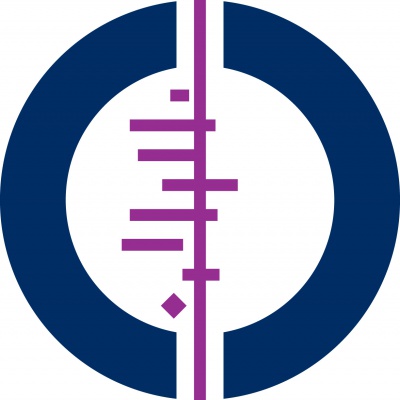Pyronaridine-artesunate for treating uncomplicated Plasmodium falciparum malaria - Cochrane

We included 10 relevant RCTs. Seven RCTs were co-funded by Shin Poong Pharmaceuticals, and three were funded by government agencies.
Efficacy analysis (RCTs)
For the efficacy analysis, we identified five RCTs comprising 5711 participants. This included 4465 participants from 13 sites in Africa, and 1246 participants from five sites in Asia. The analysis included 541 children aged less than five years. Overall, pyronaridine-artesunate had a polymerase chain reaction (PCR)-adjusted treatment failure rate of less than 5%. We evaluated pyronaridine-artesunate versus the following.
• Artemether-lumefantrine. Pyronaridine artesunate may perform better for PCR-adjusted failures at day 28 (RR 0.59, 95% confidence interval (CI) 0.26 to 1.31; 4 RCTs, 3068 participants, low-certainty evidence); for unadjusted failures at day 28 (RR 0.27, 95% CI 0.13 to 0.58; 4 RCTs, 3149 participants, low-certainty evidence); and for unadjusted failures at day 42 (RR 0.61, 95% CI 0.46 to 0.82; 4 RCTs, 3080 participants, low-certainty evidence). For PCR-adjusted failures at day 42, there may be little or no difference between groups (RR 0.86, 95% CI 0.49 to 1.51; 4 RCTs, 2575 participants, low-certainty evidence).
• Artesunate-amodiaquine. Pyronaridine artesunate may perform better for PCR-adjusted failures at day 28 (RR 0.55, 95% CI 0.11 to 2.77; 1 RCT, 1245 participants, low-certainty evidence); probably performs better for unadjusted failures at day 28 (RR 0.49, 95% CI 0.30 to 0.81; 1 RCT, 1257 participants, moderate-certainty evidence); may make little or no difference for PCR-adjusted failures at day 42 (RR 0.98, 95% CI 0.20 to 4.83; 1 RCT, 1091 participants, low-certainty evidence); and probably makes little or no difference for unadjusted failures at day 42 (RR 0.98, 95% CI 0.78 to 1.23; 1 RCT, 1235 participants, moderate-certainty evidence).
• Mefloquine plus artesunate. Pyronaridine artesunate may perform better for PCR-adjusted failures at day 28 (RR 0.37, 95% CI 0.13 to 1.05; 1 RCT, 1117 participants, low-certainty evidence); probably performs better for unadjusted failures at day 28 (RR 0.36, 95% CI 0.17 to 0.78; 1 RCT, 1120 participants, moderate-certainty evidence); may make little or no difference for unadjusted failures at day 42 (RR 0.84, 95% CI 0.54 to 1.31; 1 RCT, 1059 participants, low-certainty evidence); but may lead to higher PCR-adjusted failures at day 42 (RR 1.80, 95% CI 0.90 to 3.57; 1 RCT, 1037 participants, low-certainty evidence).
Safety analysis (RCTs)
For the RCT safety analysis, we identified eight RCTs, one of which was delineated by study site, comparing pyronaridine-artesunate to other antimalarials. Pyronaridine-artesunate was associated with raised liver enzymes compared to other antimalarials: alanine aminotransferase (ALT) (RR 3.59, 95% CI 1.76 to 7.33; 8 RCTS, 6669 participants, high-certainty evidence) and aspartate transaminase (AST) (RR 2.22, 95% CI 1.12 to 4.41; 8 RCTs, 6669 participants, moderate-certainty evidence). No such effect was demonstrated with bilirubin (RR 1.03, 95% CI 0.49 to 2.18; 7 RCTs, 6384 participants, moderate-certainty evidence). There was one reported case in which raised ALT occurred with raised bilirubin. No study reported severe drug-induced liver injury. Electrocardiograph (ECG) abnormalities were less common with pyronaridine-artesunate compared to other antimalarials. We identified no other safety concerns.
NRS safety review
A review on safety in NRS allowed us to increase the population within which safety was assessed. We included seven studies with 9546 participants: five single-arm observational studies, one cohort event monitoring study, and one dose-escalation study. All studies provided data on adverse event frequency, with a small number of participants experiencing serious adverse events and adverse effects related to pyronaridine: serious adverse events average 0.37%; drug-related 9.0%. In two studies reporting elevations in liver enzymes, small percentages of participants (2.4% and 14.1% respectively) experienced increases in either ALT, AST, or bilirubin on day 7; however, these were small increases that returned to normal by day 42.
Comments
Post a Comment